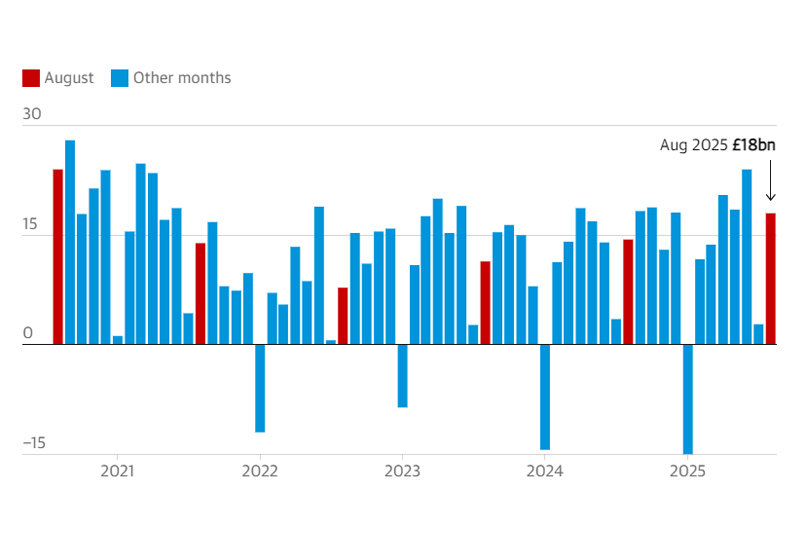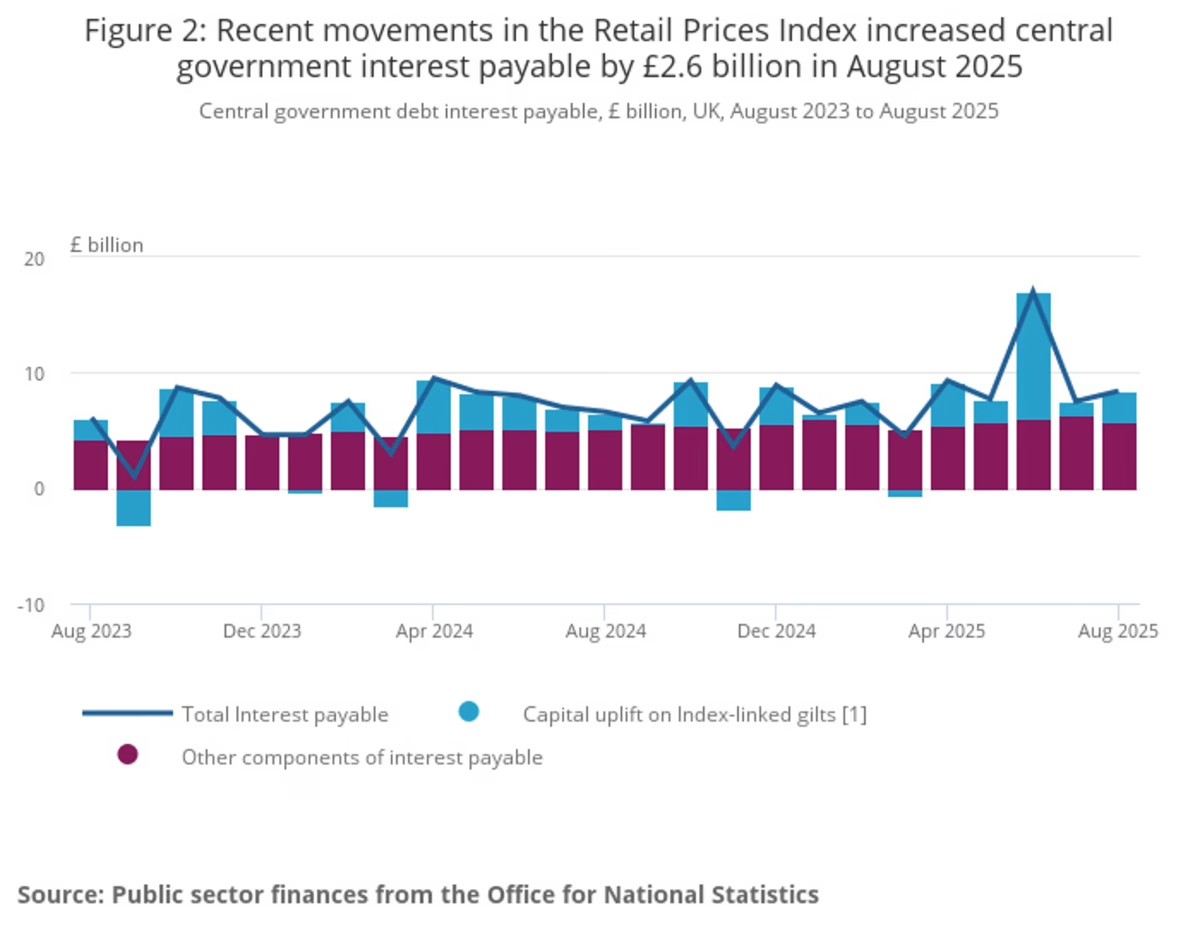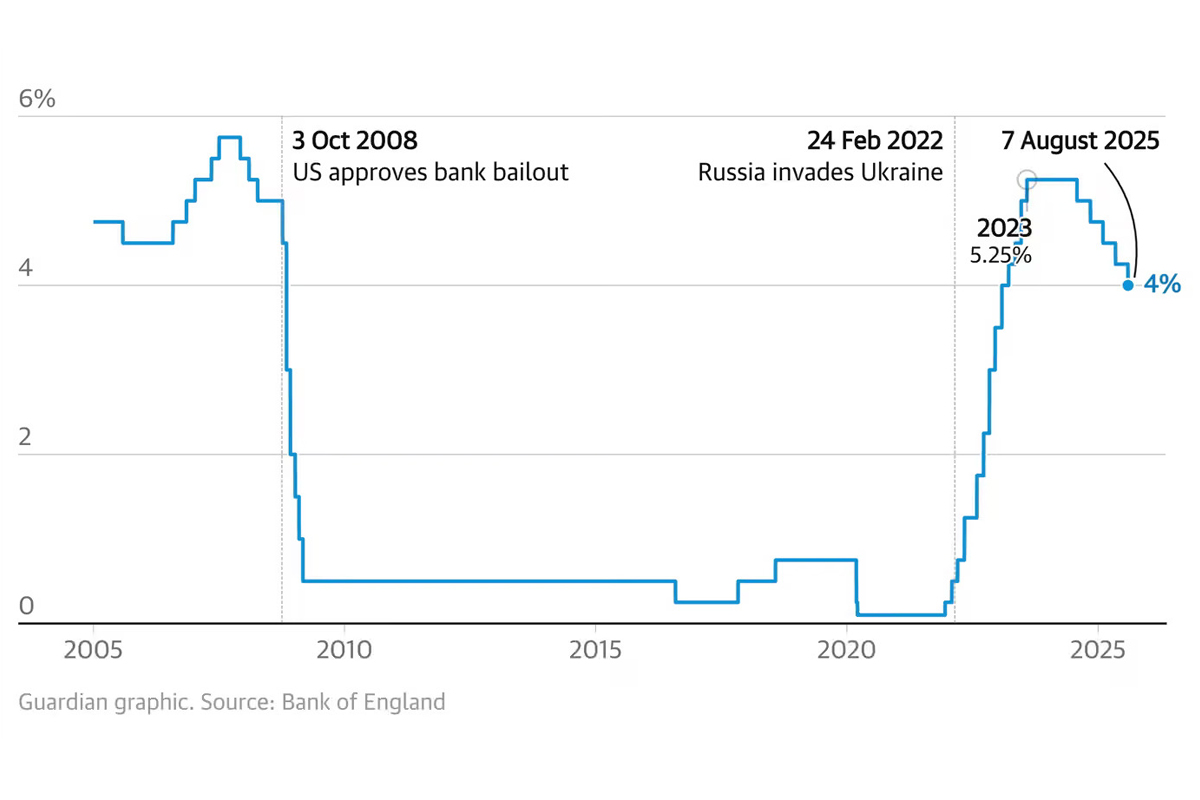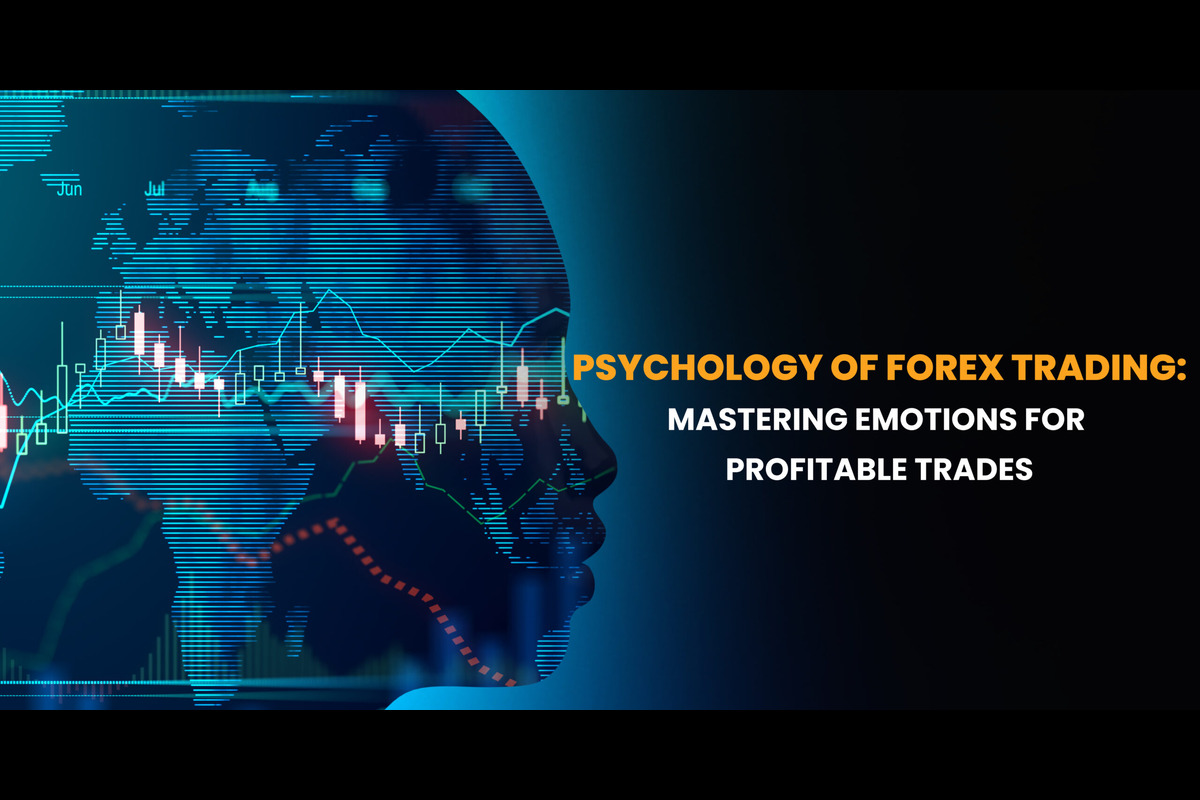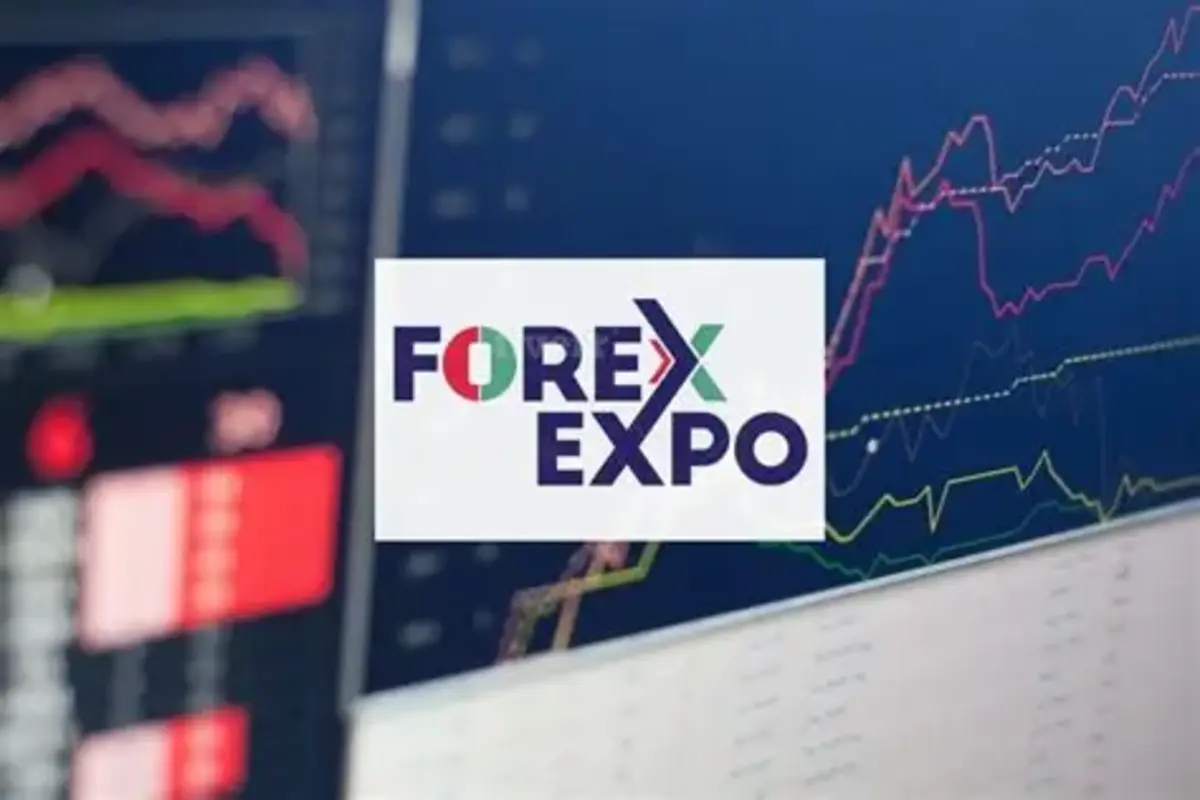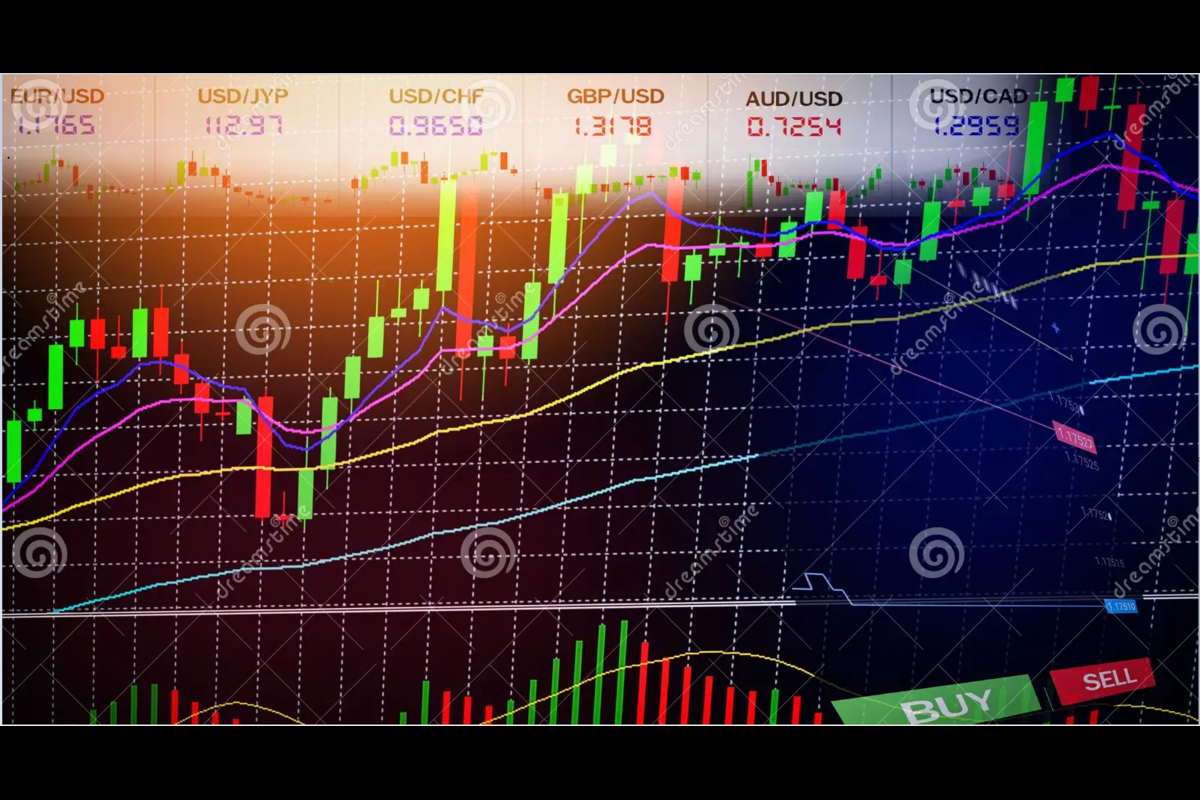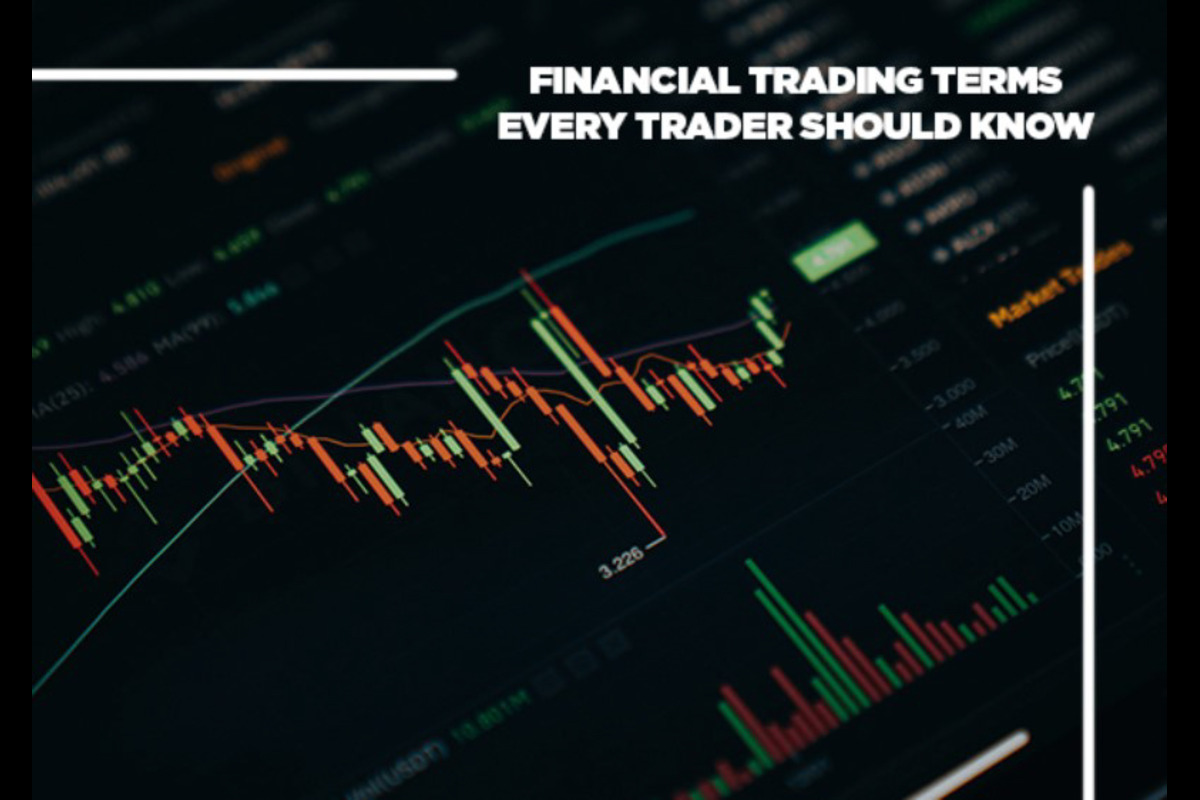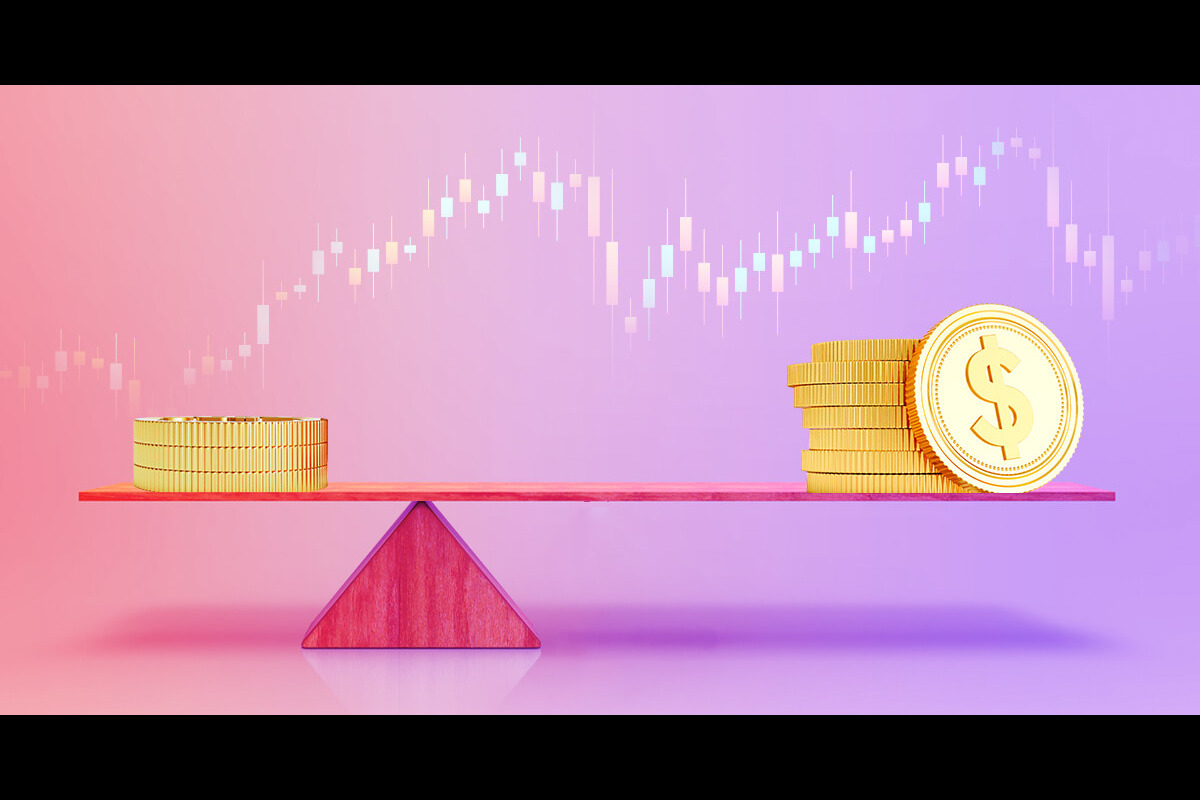Introduction
Forex trading offers exciting opportunities, but without a solid trading plan, it’s easy to fall into emotional decision-making and unnecessary losses. A forex trading plan is your personalized roadmap to navigate the markets with discipline, control, and clarity. In this blog, JKV Global walks you through a simple, step-by-step guide to help beginners create a strong and effective forex trading plan.
What is a Forex Trading Plan?
A forex trading plan is a written document that outlines how you will trade currencies based on your goals, risk tolerance, market analysis, and strategies. It includes rules for entering and exiting trades, risk management, and performance tracking.
Think of it as a business plan for your trading.
Step-by-Step Guide to Creating a Forex Trading Plan
Step 1: Define Your Trading Goals
Before anything else, determine what you want to achieve with forex trading. Ask yourself:
- Are you trading for short-term income or long-term growth?
- How much time can you dedicate daily or weekly?
- What is your financial target in the next 3, 6, or 12 months?
Example: “I aim to earn 5% monthly ROI while risking no more than 1% per trade.”
Step 2: Choose a Trading Style
Different styles suit different personalities and schedules:
- Scalping: Multiple small trades, very short timeframes.
- Day trading: Open and close trades within a day.
- Swing trading: Hold positions for days to weeks.
- Position trading: Long-term trades over weeks or months.
Tip: Choose a style that aligns with your lifestyle and risk tolerance.
Step 3: Set Risk Management Rules
Risk management is the heart of a sustainable forex plan. Define:
- Risk per trade: Most traders risk 1–2% of their capital per trade.
- Stop-loss level: Where to cut losses if the market turns.
- Take-profit target: Where to secure your profits.
Example: “Risk no more than $50 per trade on a $5,000 account.”
Step 4: Create Entry and Exit Rules
Decide the exact conditions for:
- Entering a trade (technical indicators, patterns, news events)
- Exiting with profit (target levels or signals)
- Exiting with loss (predefined stop-loss)
Use tools like Moving Averages, RSI, or Fibonacci to support your entries and exits.
Step 5: Choose Your Trading Instruments
Focus on a few currency pairs—especially if you’re a beginner. Popular pairs include:
Avoid trading too many pairs at once—it’s harder to track and analyze.
Step 6: Keep a Trading Journal
Document each trade with:
- Entry and exit points
- Reasons for the trade
- Profit or loss
- Lessons learned
A trading journal helps you improve, spot mistakes, and become more consistent.
Step 7: Backtest Your Plan
Before going live, test your plan on historical data or use a demo account. This helps you:
- See how the strategy would have performed
- Understand potential drawdowns
- Build confidence without risking real money
Step 8: Review and Improve Your Plan Regularly
Markets evolve, and so should your plan. Set time each month to:
- Analyze your performance
- Adjust strategies based on results
- Keep learning and improving
Your trading plan is a living document—not a one-time setup.
Final Thoughts
A solid forex trading plan is essential for success, especially for beginners. It eliminates guesswork, enforces discipline, and helps you grow systematically. At JKV Global, we’re committed to helping traders build a strong foundation in forex with education, tools, and professional support.
Ready to start trading with confidence? Open your account with JKV Global today and put your new plan into action.
